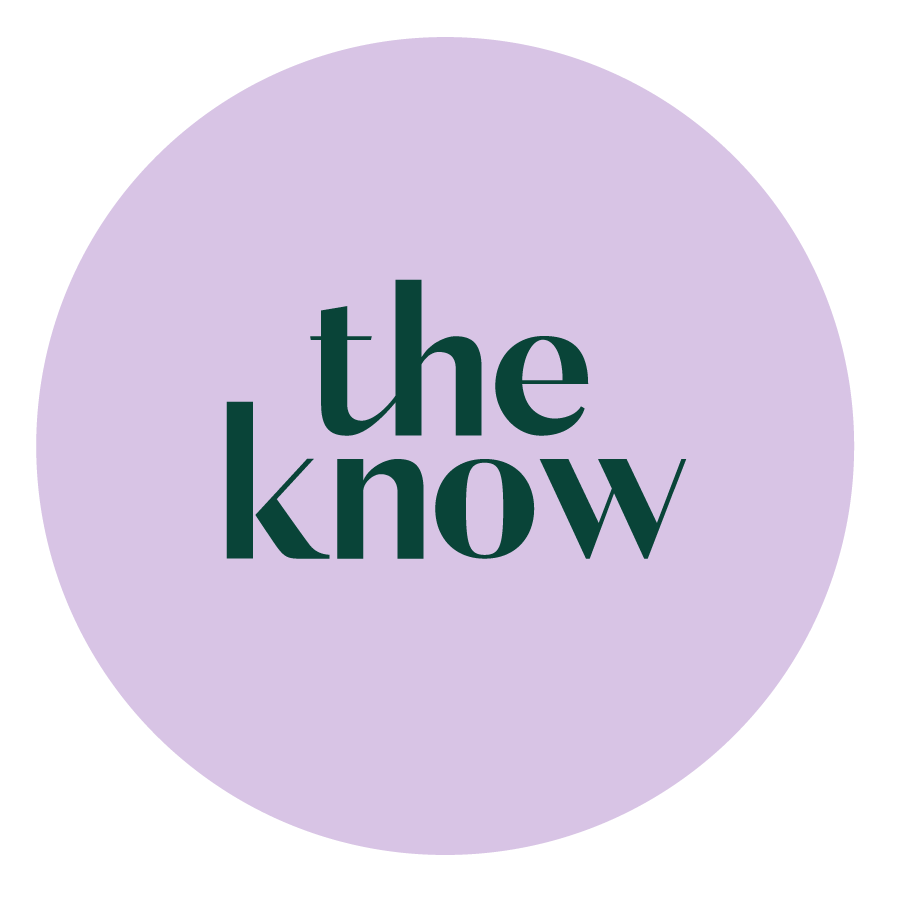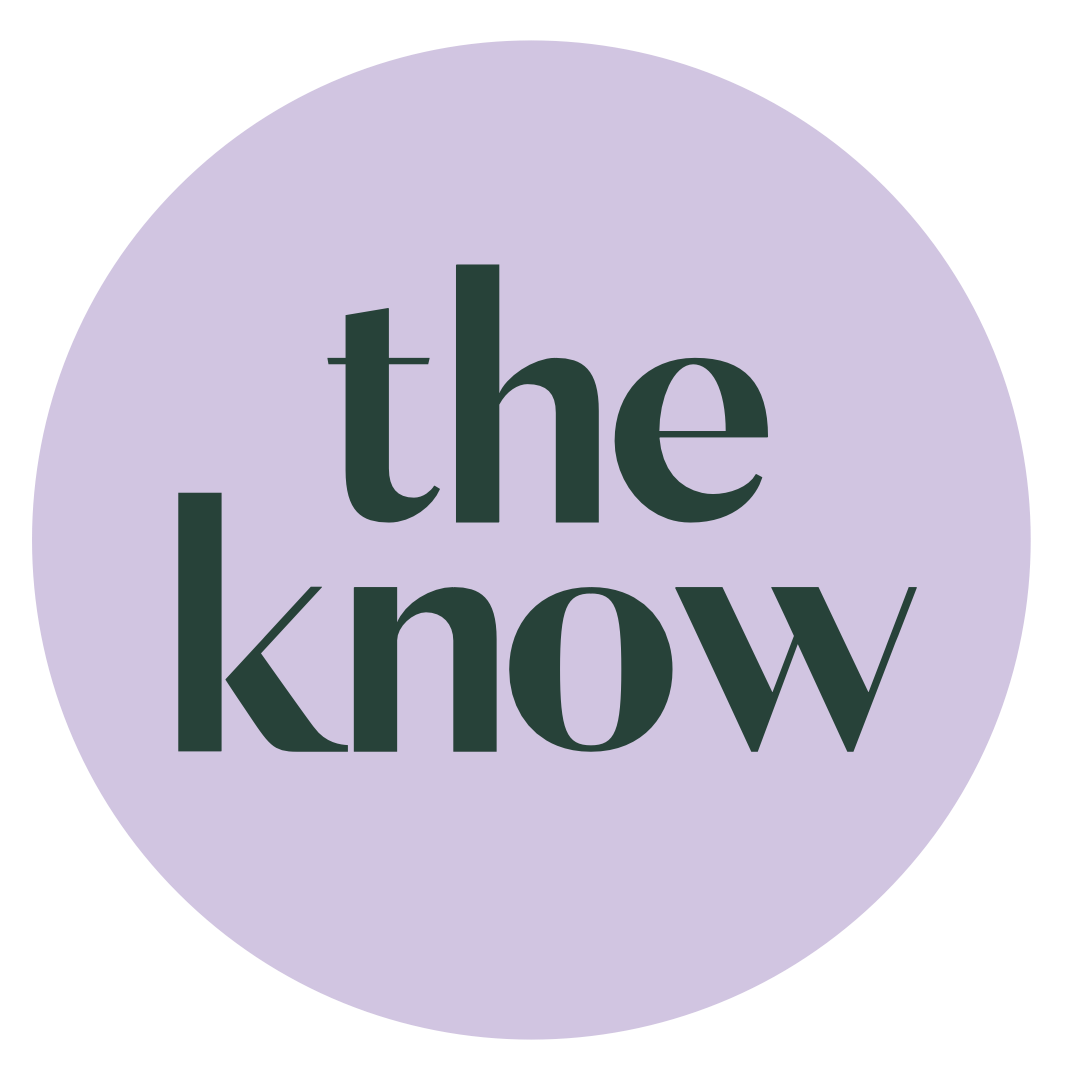The science behind sunscreen
We all know we should wear sunscreen but we don’t always know what’s going on behind the bottle. Here's the science of SPF, decoded.
What does the SPF number mean?
SPF stands for Sun Protection Factor, and it’s a measure of how well a sunscreen protects your skin from UVB rays – the kind that cause sunburn. An SPF 30, for example, theoretically lets you stay in the sun 30 times longer than you could without burning. But that doesn’t mean it blocks all the rays. SPF 30 blocks about 97% of UVB rays, while SPF 50 blocks around 98%. No sunscreen blocks 100%.
How is SPF tested?
In the lab, SPF is tested using controlled amounts of UV light on human volunteers. Scientists measure how long it takes for their protected skin to redden compared to unprotected skin. It’s precise but not perfect – people don’t apply sunscreen in thick enough layers, and sweat, swimming, or just a cheeky scratch can mess with the results. Because of this, dermatologists suggest to apply sunscreen generously and reapply every two hours.
Mineral vs chemical
There are two main types of sunscreen. Chemical sunscreens absorb UV rays and convert them into heat, which is then released from the skin. Some chemical sunscreen ingredients have faced pushback in recent years. Concerns include potential irritation and environmental effects (like coral reef damage) and studies showing that ingredients like oxybenzone and octinoxate could be absorbed into the bloodstream. While these findings don’t necessarily mean they’re unsafe, they’ve sparked more interest in mineral alternatives.
Mineral sunscreens use ingredients like zinc oxide or titanium dioxide to sit on top of the skin and physically reflect UV rays. They're often gentler on sensitive skin and start working right away – but can leave a white cast and can wash away with sweat or water.
Sunscreen ratings across the world
The UK and EU rate sunscreen with both SPF (for UVB) and a UVA star rating (out of 5). But head outside the UK, and the labels change. In the US, SPF is the focus, and UVA protection isn’t always clearly shown. Look for the term “broad spectrum” – that’s your cue that it protects against both UVA and UVB. In Korea and Japan, sunscreens use PA ratings, ranging from PA+ to PA++++. The more pluses, the higher the UVA protection.
And in Australia – a country that takes sun protection very seriously – sunscreen is regulated like a medicine. You’ll find SPF ratings plus clear labels for broad-spectrum protection. Australia also sets a high bar for water resistance: products are tested for how long they protect in water (like 40 or 80 minutes), and “waterproof” claims are not allowed. If it’s on an Aussie label, you can trust it’s been rigorously tested.

